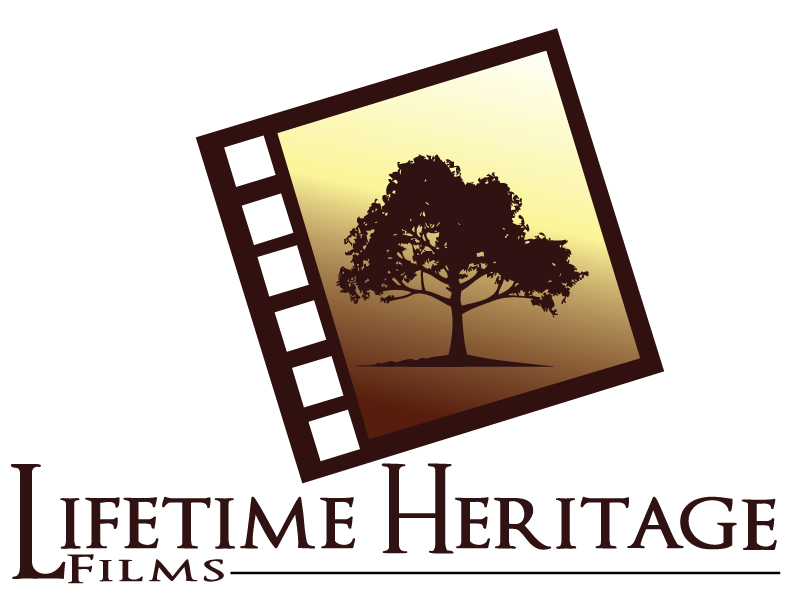What are MiniDVD’s
This disc is basically a mini version of your standard DVD. The miniDVD measures about 3 inches (8 cm) in diameter whereas a standard DVD measures 4.75 inches (12 cm) in diameter. MiniDVD’s are used primarily in miniDVD camcorders. The camcorders record directly to these discs. Typically the discs hold about 30 minutes worth of video.
Issues with these discs
- The number one issue with these discs is that people are not aware that these discs need to be finalized before they can be removed from the camcorder and used in other players. The discs will play-back fine in the camcorder, but if they are not finalized in the camcorder they will not play back in any other machine. It is strongly recommended that be finalized in the original camcorder or finalization may not work.
- Another issue we have found common with these discs is corruption. Of every 10 discs that we transferred, one will be corrupt and not readable or not able to finalize.
- Many of the discs we found have drop outs where certain areas of the disc cannot be read. We’ve found that 50 to 60% of the discs have a least one read error and maybe more.
What Can We Do For You?
- Corrupt discs: We have been successful in recovering at least most of every corrupt disc that we’ve transferred. This process is however very time intensive.
- Not finalized: We had customers that have non-finalized miniDVD’s and cannot get the original camcorder to finalize the disc, some have borrowed the camcorder and cannot get it again, and for some the camcorder is broken. Whatever the reason, we can extract all the video and audio information from the disc and create a new DVD.
- We can transfer the miniDVD to a standard DVD.






